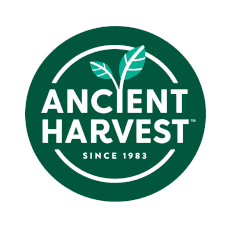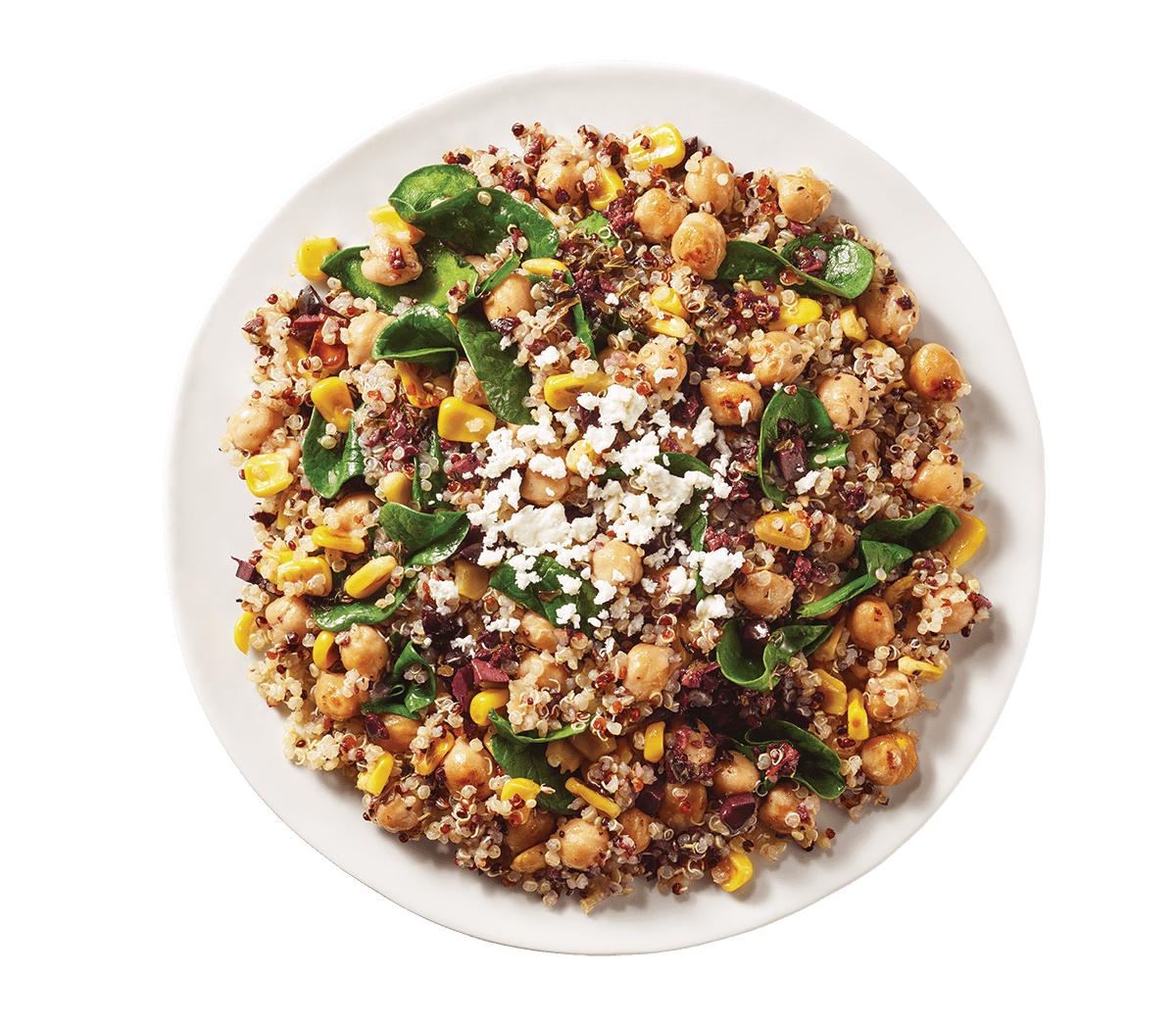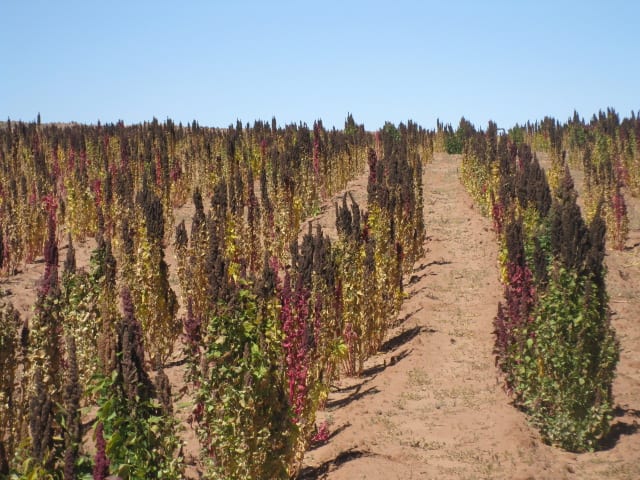More than 30 years ago, a group of American friends were backpacking through the striking mountains of Bolivia when they came across something they had never seen before. Quinoa, or the legendary “Mother Grain,” had not yet made it to the United States – but it was seemingly everywhere in this country: on the dinner table, growing in multi-colored rows, used in traditional ceremonies and celebrations…
Technically a pseudocereal, quinoa is actually related to species like spinach, beets and chard (and what’s more, the leaves can be eaten as well as the seeds.)* However, it is more commonly thought of as a grain due to the way it grows and is prepared. Cooked and most commonly eaten like rice, quinoa originated in the Andean region and has been a dietary staple there for centuries. Evidence shows that it was domesticated 3,000 to 4,000 years ago but was probably used for pastoral purposes many centuries before that.
To this day, quinoa is an important part of Bolivian cuisine and customs. The country’s high Andean Southern Altiplano region features low rainfall, high altitude, hot sun, subfreezing temperatures and thin, cold air – all ideal growing conditions for quinoa.
After tasting this South American ancient grain and learning a bit about its nutritional value, this enterprising group of pioneers determined that they just had to share it with their part of the world. So, they brought it home – and became the first importers of quinoa to the United States. This is how the Quinoa Corporation and Ancient Harvest brand were born.
While Ancient Harvest has expanded far beyond traditional quinoa, nearly all of our organic, gluten-free products still feature the supergrain. Its growing popularity in the U.S. and elsewhere has meant many things for many people – and for the Bolivian farmers with whom we have been working for several decades, it means a road (both literally and figuratively) to a better economic future.
In our ongoing efforts to nurture and sustain a relationship that is mutually beneficial, we are constantly seeking new ways to make the growing and harvesting of Royal Bolivian Quinoa easier for the farmers. From the addition of new technologies to the recent construction of a road off the side of the Tonupa Volcano, we have partnered with the local community on a number of projects that help support and maintain sustainable organic farming practices.
So much has been happening behind the scenes here at Ancient Harvest, and we have decided that it’s finally time to share the progress and excitement with all of our fans and readers. We will periodically feature personal accounts of our adventures in Bolivia (complete with truly spectacular photos) and updates on our goals and milestones.
Our hope is that through these messages, you will all gain a better understanding of who we are, where we’ve been, and where we’re going. We hope you’ll join us on this incredible journey – from the heart of the Mother Grain’s homeland to your kitchen table.
*Source: The Whole Grains Council





